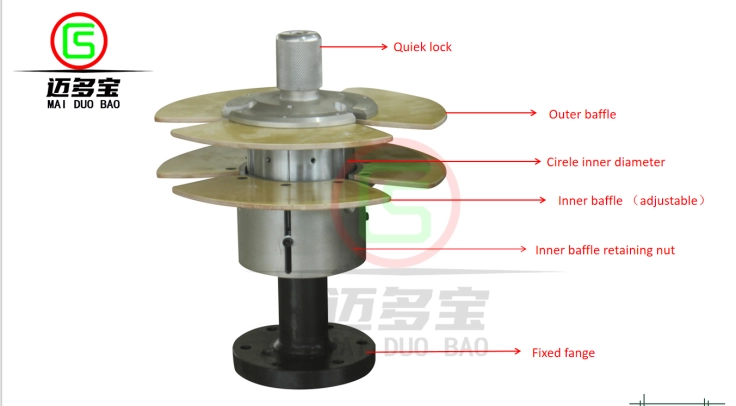Diagnosing Spindle Issues: A Comprehensive Guide to Identifying a Bad Spindle
When it comes to machinery and equipment, the spindle is a critical component that plays a vital role in ensuring smooth operation. Whether in CNC machines, lathes, or milling machines, the spindle's health directly impacts performance, precision, and productivity. However, spindles can wear out or fail over time, leading to costly downtime and repairs. In this article, we will explore how to tell if a spindle is bad, providing you with a detailed guide to diagnosing spindle issues effectively.
Understanding the Role of the Spindle
Before diving into the signs of a failing spindle, it's essential to understand its function. The spindle is responsible for holding and rotating the cutting tool or workpiece. It must maintain high precision and stability to ensure that machining operations are carried out accurately. A malfunctioning spindle can lead to poor machining quality, increased tool wear, and even damage to the machine itself.
Common Signs of a Bad Spindle
Identifying a bad spindle early can save you time and money. Here are some common indicators that your spindle may be failing:
- Unusual Noises
One of the first signs of spindle failure is the presence of unusual noises during operation. Grinding, rattling, or whining sounds can indicate issues such as bearing wear, misalignment, or imbalance. If you notice any abnormal sounds, it’s crucial to investigate further.
- Vibration Analysis
Excessive vibration is another telltale sign of spindle problems. A healthy spindle should operate smoothly with minimal vibration. You can use vibration analysis tools to monitor the spindle's performance. Look for spikes in vibration levels, which can suggest bearing failure, misalignment, or other mechanical issues.
- Temperature Monitoring
Spindles generate heat during operation, but excessive heat can indicate a problem. Monitoring the spindle's temperature can help you identify issues early. If the spindle temperature exceeds the manufacturer's recommended limits, it may be a sign of bearing failure or insufficient lubrication.
- Decreased Performance
A noticeable drop in machining performance, such as reduced cutting speed or poor surface finish, can signal spindle issues. If you find that your machine is not performing as it should, it’s worth investigating the spindle's condition.
- Visual Inspection
Regular visual inspections can help you catch spindle problems before they escalate. Look for signs of wear, such as discoloration, pitting, or scoring on the spindle shaft. Additionally, check for any signs of oil leaks or contamination, which can affect spindle performance.
Diagnostic Techniques for Spindle Issues
Once you've identified potential signs of a bad spindle, it's time to conduct a thorough diagnosis. Here are some techniques to help you assess the spindle's condition:
- Bearing Inspection
Since bearings are critical to spindle operation, inspecting them is essential. Remove the spindle from the machine and check for signs of wear or damage. Look for discoloration, roughness, or play in the bearings. If any of these issues are present, it may be time for a replacement.
- Runout Measurement
Runout refers to the deviation of the spindle's rotation from a true circular path. Use a dial indicator to measure runout at various points along the spindle. Excessive runout can indicate misalignment or wear, necessitating further investigation.
- Lubrication Check
Proper lubrication is vital for spindle health. Ensure that the spindle is adequately lubricated and that the lubricant is clean and free from contaminants. If the lubrication system is malfunctioning, it can lead to premature spindle failure.
- Dynamic Balancing
If vibration analysis indicates an imbalance, dynamic balancing may be necessary. This process involves adjusting the spindle's mass distribution to minimize vibration and improve performance.
Preventive Measures to Extend Spindle Life
To avoid spindle issues in the first place, consider implementing preventive measures:
- Regular Maintenance: Schedule routine maintenance checks to inspect and service the spindle.
- Proper Lubrication: Ensure that the spindle is adequately lubricated with the right type of lubricant.
- Monitor Operating Conditions: Keep an eye on temperature and vibration levels during operation.
- Training Operators: Educate machine operators on best practices for spindle care and operation.
Conclusion
Identifying a bad spindle is crucial for maintaining the efficiency and longevity of your machinery. By recognizing the signs of spindle failure and employing diagnostic techniques, you can address issues before they lead to costly downtime. Regular maintenance and preventive measures will further enhance spindle performance, ensuring that your equipment operates at its best. Remember, a well-maintained spindle is key to achieving precision and productivity in your machining operations.




